I have been asked several times how to prepare – and eat – blue crabs.
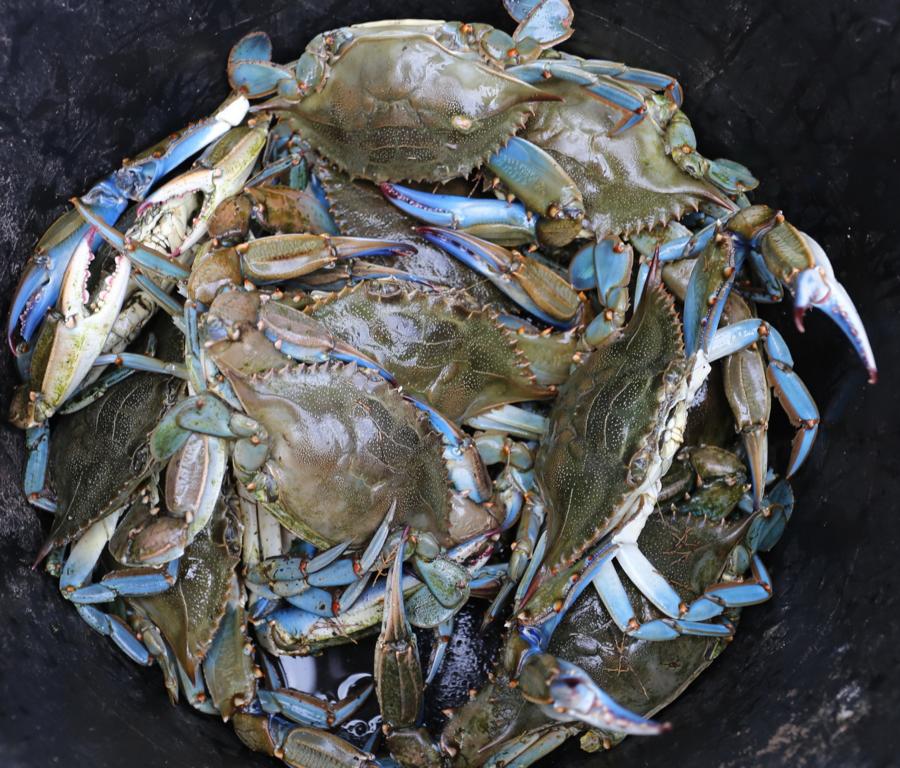
Well, nothing easier than that. The crabs are boiled in a pot of boiling water and so killed in seconds. Don’t forget to keep the lid on it. Depending on the size of the pot, only 2 or 3 at a time so that the water does not cool down.
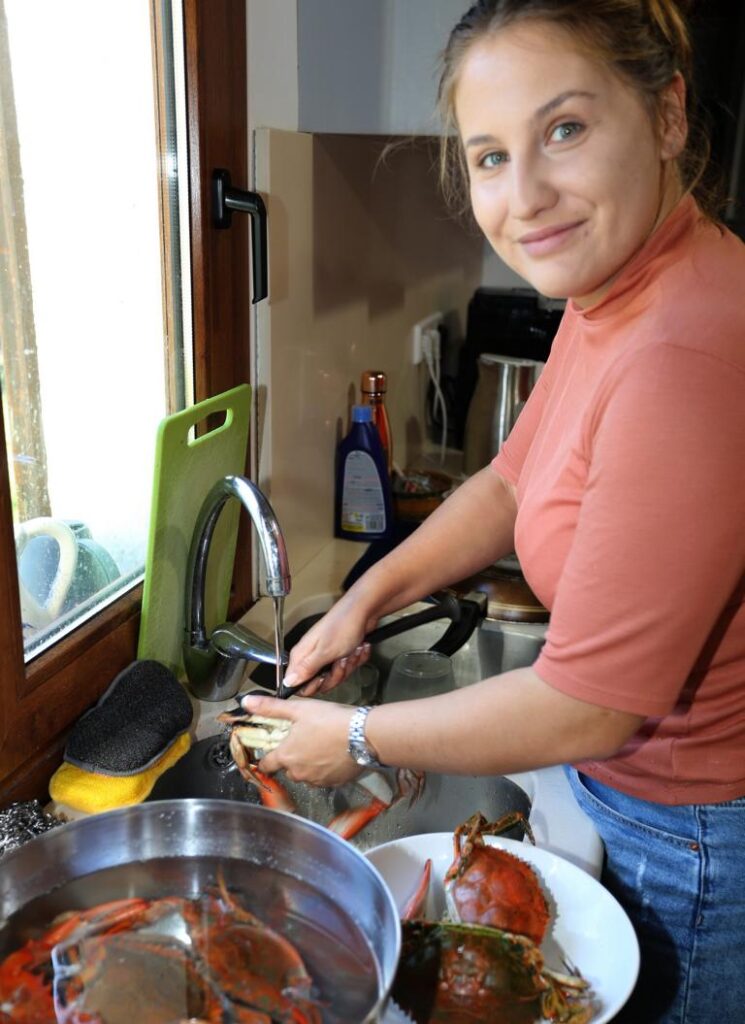
After a few minutes of boiling, the back shell will be reddish brown, just like cooked shrimp. Now the dead animals are brought to room temperature in cold water and freed from adhering plant growth/dirt with a hard brush.

Now it’s time to crack the shell.
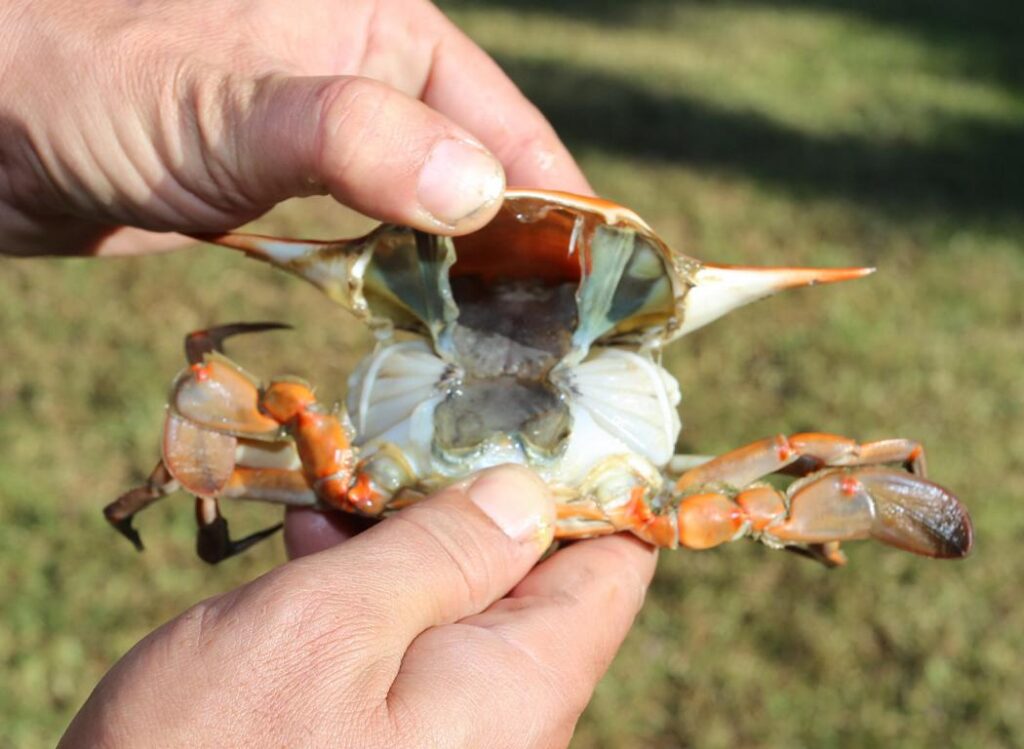
First of all the “lid” is lifted off with force starting at the rear end. The black slime that then appears on the surface is wiped out with kitchen paper.
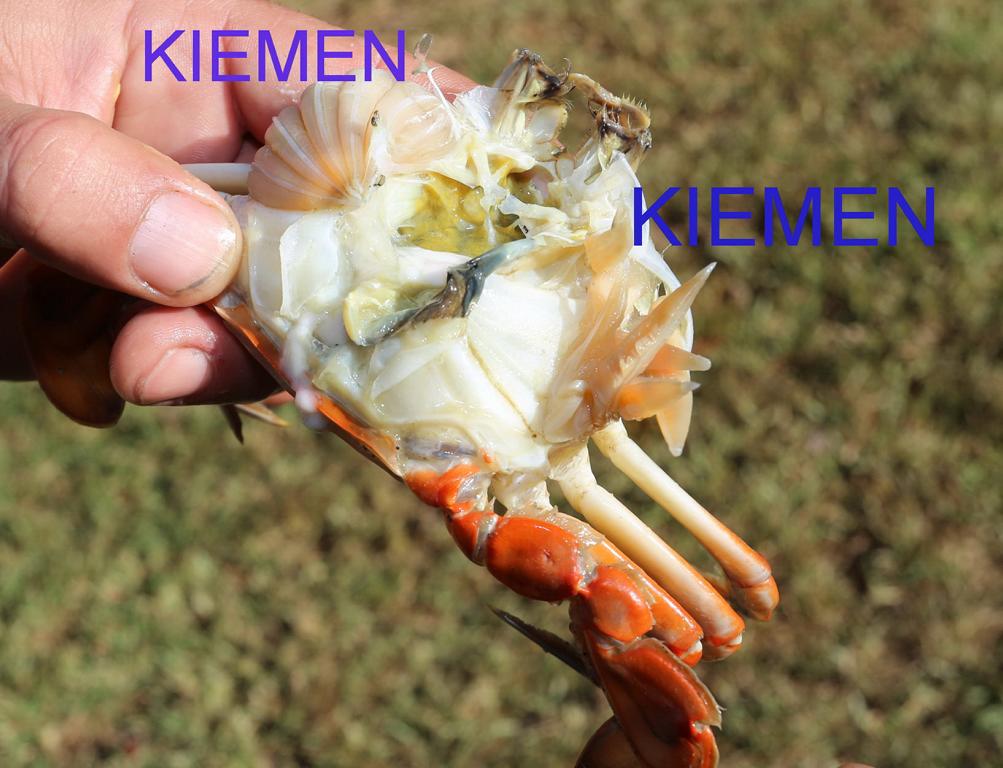
The gills are now visible on the right and left side, lying next to each other like white bananas. They are also removed. Now turn the crab on its back and open and remove the Y-shaped armour part from the tip at its end with the sexual organ underneath.
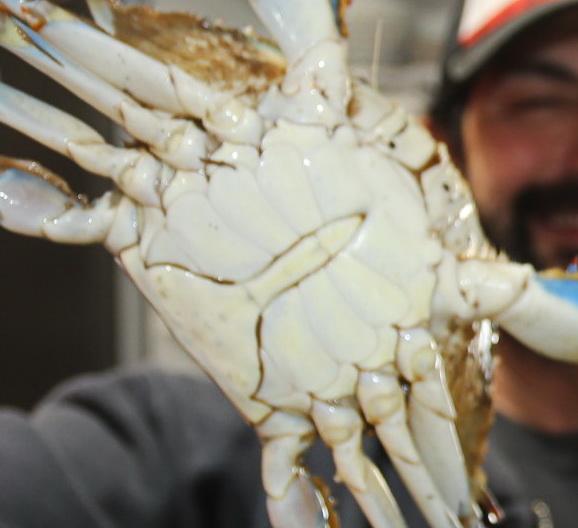
Now break off the lower jaw and divide the remaining crab in the middle. Strong male hands break it through, others use a knife – and that’s it!
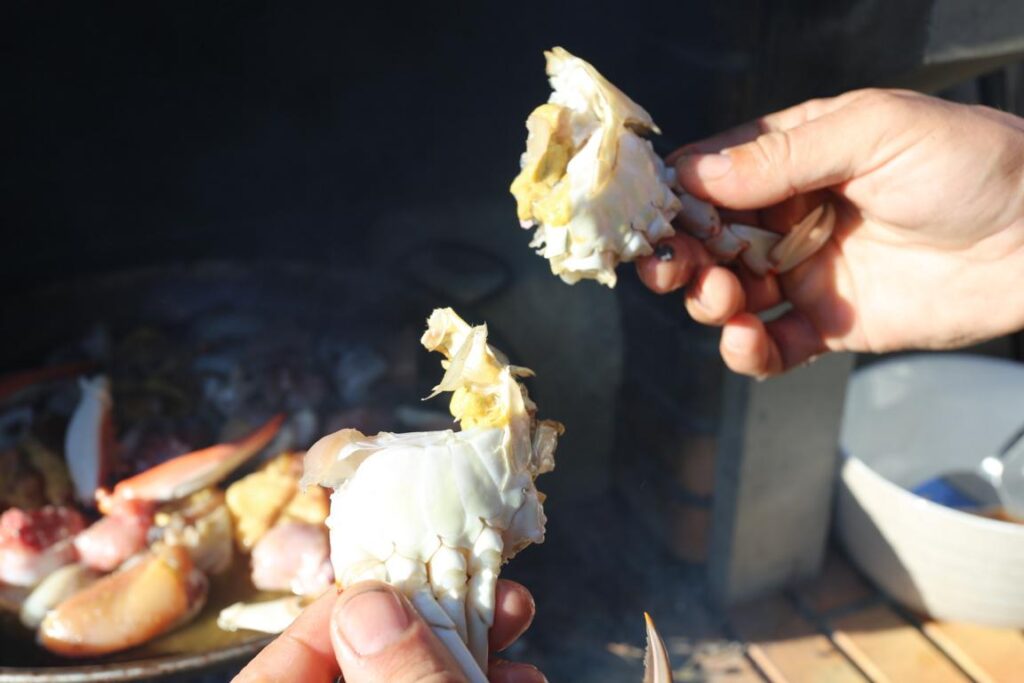
Now the epicurean part begins: Bite into the crab half and let your taste buds marvel. And the tongue also reacts with joyful surprise. So far only used to monotony, which is transported into the gullet, it begins, first hesitantly, but then with ever greater joy, to separate the unaccustomed bite. Meat and juice of unbelievable aroma she shifts to the back, while the delicate fragments of the inner chitin chambers move to the lips, which (outdoors) simply spit these parts out. – People believe me, there is nothing better!
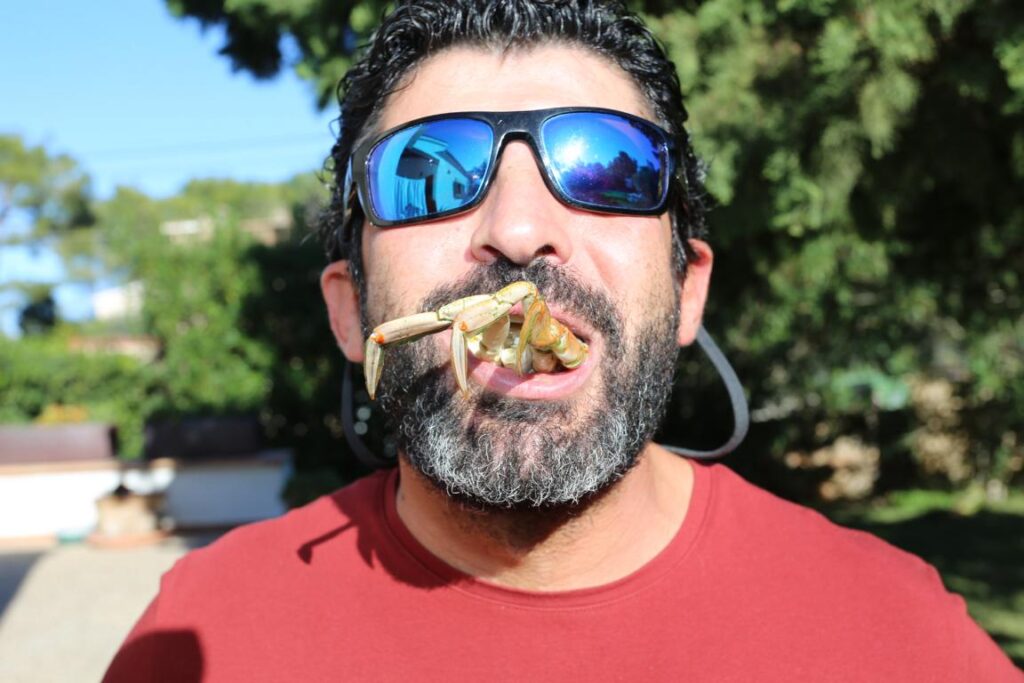
Profile – Blue crab

The blue-crab (Callinectes sapidus) belongs to the family swim-crabs and is quite fast with its quite distinctive rudder-feet. The scientists who once described them already knew about their culinary qualities. Their name Callinectus sapidus means translated “tasty, beautiful swimmer”.
The back-armor of the up to 20 cm wide little animals is usually dark brown until bluish-green. The thorns on the edge are orange. The sex can be recognized by the color of the scissor tips. Those of the males are blue and those of the females reddish. Both sexes have blue legs, hence their name.
The invasive crab, not popular with ecologists, has spread from its original home, the east coast of America, via the water ballast tanks of cargo ships around the globe. Here they live in estuaries and coastal waters. The aggressive species is an omnivore cannibal – and is consumed by us as a delicacy.

